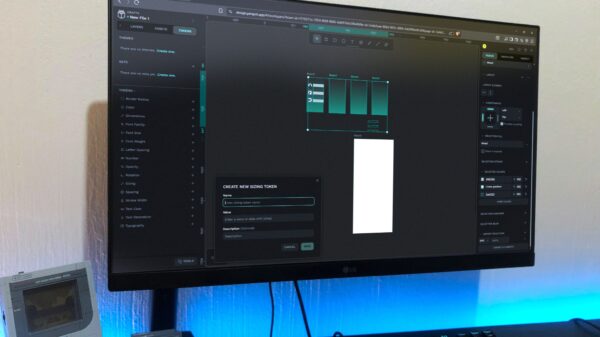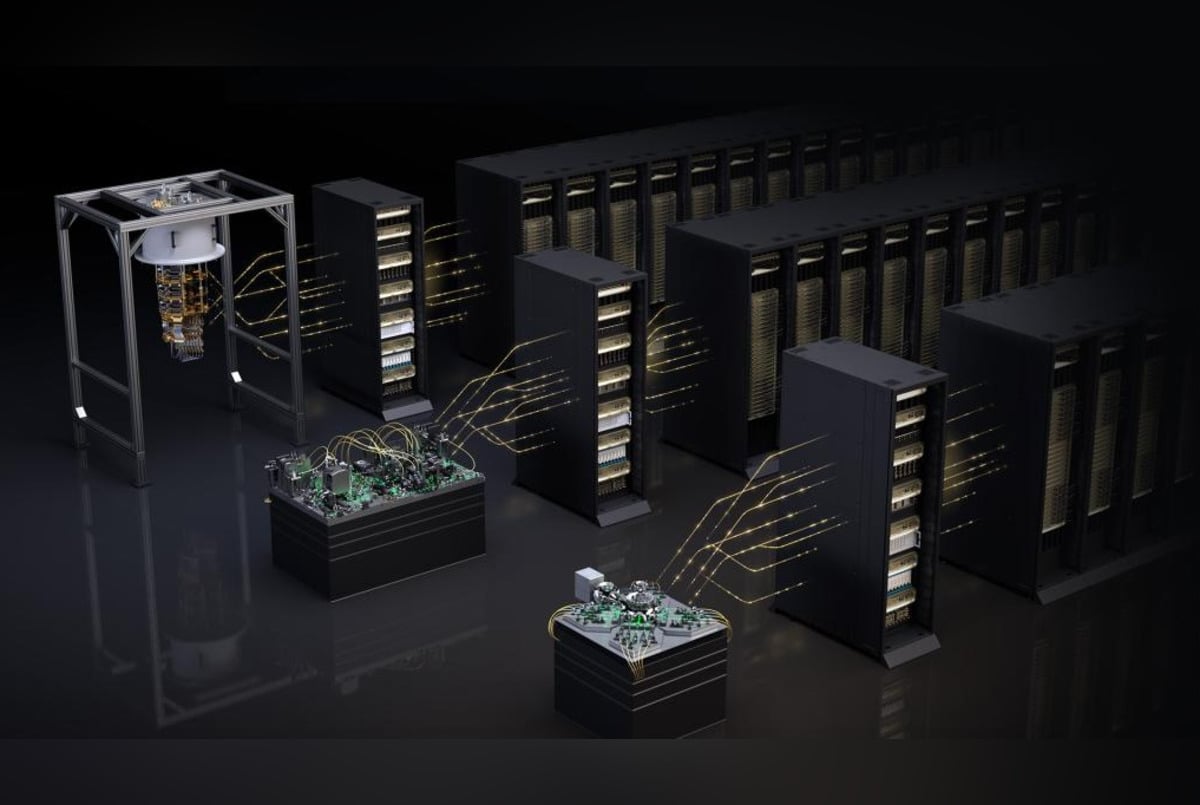Oak Ridge National Laboratory (ORNL) has announced a strategic partnership with NVIDIA and HPE (Hewlett Packard Enterprise) aimed at advancing the field of quantum computing. This collaboration focuses on integrating quantum computing with artificial intelligence and high-performance computing to create hybrid systems that enhance computational capabilities. U.S. Secretary of Energy Chris Wright highlighted the initiative’s significance, stating, “Maintaining America’s leadership in high-performance computing requires us to build the bridge to the next era of computing.”
The partnership will leverage NVIDIA’s NVQLink and CUDA-Q technologies to develop hybrid quantum-classical computing systems within ORNL’s Frontier exascale environment by 2026. This effort is part of a broader vision to foster innovation in scientific computing. Stephen Streiffer, Director of ORNL, remarked, “Our partnerships at ORNL with NVIDIA and HPE usher in a new era of hybrid computing.”
Bridging Classical and Quantum Computing
The project aims to create a robust hybrid computing system that combines traditional GPU and CPU power with quantum processors through NVIDIA’s CUDA-Q platform. This integration is particularly important given the challenges associated with quantum computing, where qubits—the fundamental units of quantum information—are often susceptible to errors. Amir Shehata, an ORNL software engineer, emphasized the potential of this technology, stating, “We’ll be able to run operations that help us leverage these platforms and look for strategies to make the best possible use of quantum and classical technology.”
To ensure the success of this initiative, teams from ORNL and NVIDIA are currently conducting tests at an HPE facility. This phase aims to establish a stable platform that supports quantum error correction research, which is critical for improving the reliability of quantum computing systems.
Building on Previous Collaborations
The collaboration builds on the established relationship between ORNL, NVIDIA, and HPE, which previously produced powerful supercomputers such as Titan and Summit. The current project represents a significant evolution in their partnership, as it supports new advancements with the Frontier supercomputer, which is recognized as one of the most advanced computing systems in the world.
As this initiative unfolds, it holds the promise of transforming how scientists approach complex computational challenges by harnessing the unique strengths of quantum, classical, and AI technologies. The integration of these platforms could lead to breakthroughs in various scientific fields, reinforcing the United States’ position at the forefront of technological innovation.








































































